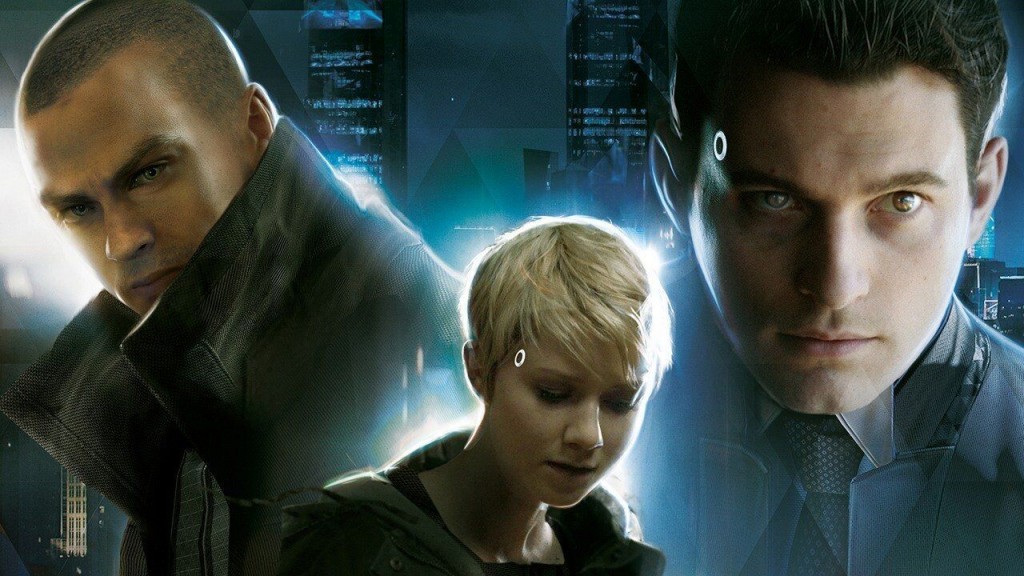
Streaming services like Disney+ could spell the end for movie theatres
By Craig Allan, Staff Writer
My relationship with movie theatres is complicated. I have worked in a movie theatre for 10 years, and it has not been a fun 10 years. No one likes making minimum wage for this long and watching people you started with move on to better things as you remain stuck. However, there is one thing that has remained a constant love for me that has never wavered. Throughout these 10 years, I have been lucky to be able to go to my theatre, get a bag of popcorn and a drink, and settle in top row centre to be awed by films like Joker, Room, and Logan—or laugh myself silly at movies like This Is the End, Vacation, and Movie 43 (replace “laugh myself silly” with “watch the horror that is” for Movie 43). These times may be withering away though, as on November 12, movie production and distribution behemoth, Disney, will be debuting Disney+: a new streaming service which may have the main goal of landing a critical hit to the old movie house.
For the last few years, Disney has been building to launch this platform. It influenced one of the biggest purchases in film history, being that when Disney bought almost all of the film and TV assets from 20th Century Fox to the tune of over $70,000,000,000. This purchase includes classic TV and movie hits like The Simpsons, X-Men, and the Planet of the Apes franchise. When it comes to Disney+, the Walt Disney Company is not messing around—research firm MoffettNathanson has predicted that the company will possibly lose almost $9,000,000,000 in the first two years alone. According to an article in the Hollywood Reporter, one of the reasons for the predicted loss is due to the budget of the shows they are going to run. With shows like the Star Wars spinoff, The Mandalorian, predicted to cost $15,000,000 an episode—amongst other shows like Marvel’s WandaVision and Falcon and the Winter Soldier also coming with high episode budgets, being as much as $25,000,000 per episode. With such an investment, it is clear that Disney is betting that the future of the entertainment industry is streaming. This bet could put competitors, traditional media outlets like television and movie theatres, in Disney’s crosshairs—with movie theatres especially in danger.
Some may wonder why Disney would want to give up the movie theatre model for streaming. After all, if someone goes and buys a ticket at a theatre for $12.99, that’s money going straight into Disney’s pockets. Instead, streamers get thousands of hours of content for the price of Disney+—only seven dollars (in the US). The answer is twofold. According to the Wall Street Journal, movie theatres get a cut of movies shown in their building, equating to about a 60 to 40 percent split from distributor to theatre. Along with this, Bloomberg reports that in 2017, US and Canadian theatre admissions hit its lowest point since 1992. Disney can get those same people to give them seven dollars, 12 months a year, that is a higher profit which Disney keeps 100 percent of.
While the end of the big movie theatre chain may not seem so bad, as other entertainment businesses like video stores went by the wayside for more convenient entertainment options, the way Disney is operating has been especially vicious from the view of independent movie theatres. For years, independent movie theatres have been making a sizable portion of their sales showing old films like The Rocky Horror Picture Show and The Room to adoring crowds. These interactive experience films combined with older classics like 2001: A Space Odyssey and Pulp Fiction have been a staple of midnight movie houses and independent theatres for years. For many, 20th Century Fox films were a stable group of films for these screens. But with Disney’s purchase of Fox earlier this year, those movie theatres have started to see these once reliable films disappear—with Disney moving them into the “Disney Vault.” The vault is a strategy by Disney to limit the showing of films in theatres in order to keep their nostalgia value strong. (However, with Disney+ being released, this tactic of driving up artificial value will end.) This has led some theatre owners to feel that the streaming revolution could leave them in the cold. Without old films—the stable money maker that props theatres up on slow evenings—historic movie houses like The Rio in downtown Vancouver could find themselves struggling to pay the bills and being forced to find new revenue streams.
No one knows what the future may hold for the entertainment industry, but it would be disappointing if the movie theatre experience was lost for future generations. There is something special about sitting in a theatre and turning off the world for two hours. Streaming is fine, and there are many movies that work for streaming—but there are just as many movies that need to be seen on a big screen and made a collective experience. It would be saddening if this phrase was uttered in the future: “When I was your age, we saw movies together in a theatre!” Hopefully future generations will not be subjugated to watch movies—meant to be on a larger than life screen—on tiny phone or computer monitor.



